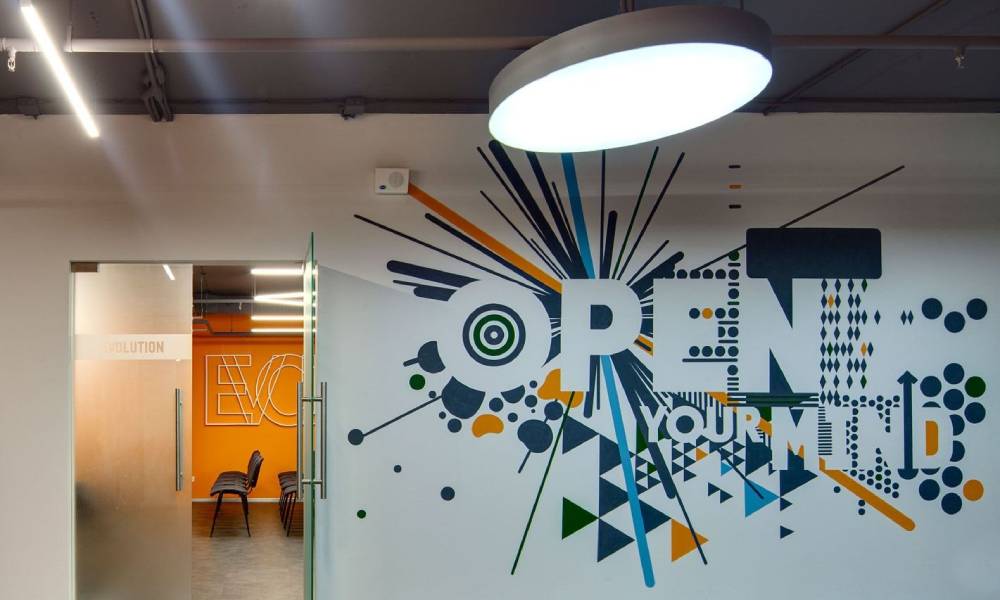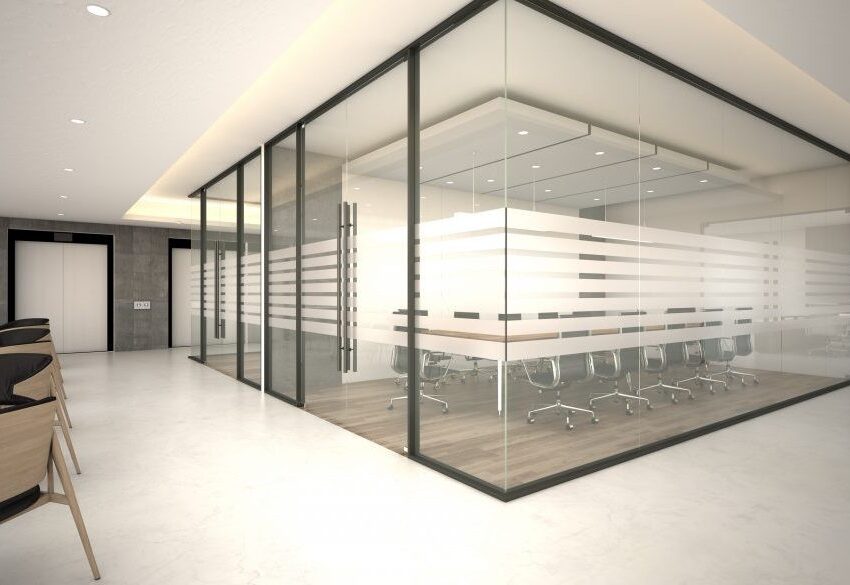When we think of Los Angeles, we often picture glitzy Hollywood streets, palm trees, and sun-drenched highways. But behind the city’s iconic charm lies a critical element that often goes unnoticed—wayfinding design. Whether you’re a local trying to navigate a new neighborhood or a tourist exploring landmarks, your experience is significantly shaped by the way the city communicates through signs, symbols, and spatial cues.
Making a Complex City Feel Navigable
Los Angeles is famously vast and sprawling. Unlike grid-based cities like New York or Chicago, LA is made up of multiple interconnected neighborhoods and districts, each with its personality, layout, and traffic pattern. This complexity can be overwhelming without a cohesive system to guide people efficiently from one point to another.
Los Angeles wayfinding design steps in to solve this issue. It’s not just about putting up signs—it’s about designing an experience. From clear street signage to intuitive maps, well-placed directions in public transport stations, parking areas, hospitals, and cultural venues, a thoughtfully planned system reduces confusion and enhances comfort. For a city that hosts millions of visitors annually, that’s not just helpful—it’s essential.
Creating a Sense of Place
Beyond function, good wayfinding design adds to a city’s identity. Think about the signage in Santa Monica, for instance. The fonts, colors, and materials echo the laid-back, coastal vibe. In contrast, Downtown LA’s signs might use bolder styles to reflect the urban energy. By aligning design elements with the environment, wayfinding can subtly reinforce the unique feel of each area.
This kind of contextual branding builds a stronger connection between people and the places they’re in. When residents and visitors feel oriented and welcomed, their perception of the city improves. It promotes a sense of belonging—even in unfamiliar territory.
Safety and Accessibility for All
Another often-overlooked benefit of effective wayfinding is how it supports public safety and accessibility. In an emergency, clear signs can help people exit a building or area swiftly. For individuals with visual impairments, tactile or braille signage and high-contrast visuals are not just nice-to-haves—they’re necessities. For those with cognitive disabilities, simplified symbols, and consistent color schemes offer clarity in otherwise overwhelming settings.
Los Angeles, being as diverse and dynamic as it is, must account for a broad spectrum of needs. A well-thought-out Los Angeles wayfinding design system ensures that public spaces are inclusive and safe for everyone, regardless of their background or ability.
Conclusion
Wayfinding design might not grab headlines, but its impact is felt every day. It’s the silent guide helping someone catch the right bus, find a hidden art gallery, or get back to their hotel after a long day. In a place as sprawling and culturally rich as Los Angeles, it becomes even more vital. A thoughtful Los Angeles wayfinding design system not only helps us move through the city—it helps us connect with it. And in a world where digital distractions are everywhere, that sense of grounded, physical navigation is more valuable than ever.








